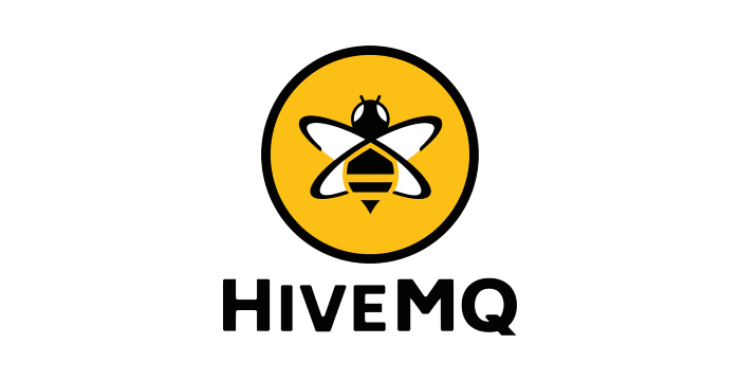3 Key Principles of Unified Namespace Architecture
Today I want to walk you through the driving principles of the Unified Namespace (UNS) architecture.
The UNS concept can be boiled down to 3 key principles.
Apply these effectively and you get a potent combination for getting value from IIoT data at scale.
Principle #1: Edge Driven & Domain Ownership
Key Idea: Shift data management to the source or ‘edge’ of the network. And push data from its source at the edge into a common data infrastructure, only when changes are detected (Report-by-Exception).
Benefits:
- Improves data accuracy by reducing the distance between its origin and analysis.
- Enhances reliability by reducing dependency on request-response interactions, which can be fragile.
- Simplifies system design and clarifies interactions between components.
- Distributes data efficiently across an enterprise, maintaining flexibility, security, and oversight.
Principle #2: Open Architecture and Standard Data Infrastructure
Key Idea: Establish a data infrastructure that supports open architecture and standardized information exchange.Approach: Utilize a “Publish-Subscribe” model for data integration
Benefits:
- Facilitates seamless integration of new data sources without manual adjustments.
- Promotes innovation by allowing easy testing of data-driven hypotheses.
- Streamlines tool integration, reducing the need for custom connectors.
- Prevents accumulation of technical debt from custom-built connections.
- Accelerates time to market and fosters an adaptable technology environment.
Principle #3: Federated Data GovernanceFocus: Manage and govern data across different domains to ensure consistency in data integrity, interoperability, accessibility, security, and privacy.
Strategy: Balance universal standards with the specific governance needs of different domains.
Outcomes:
- Encourages collaboration among data custodians, maintaining data quality and interoperability.
- Balances localized control within domains with overarching consistency across the enterprise.
- Empowers teams close to the data sources, enhancing data management and efficiency.
- Optimizes data governance within domains while strengthening the overall data infrastructure.
These principles collectively ensure a robust, flexible, and efficient approach to IIoT data management, crucial for modern enterprise-scale IIoT applications.
Have a great day, and see you next week.
Kudzai



